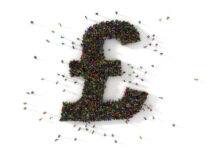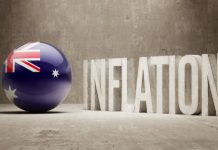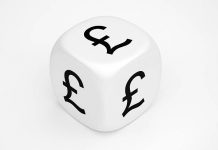The US equities followed up on the European stock market gains on Monday; technology stocks gained the most and their precious contribution to the S&P 500 pushed the latter up by more than 1.40% yesterday, as Nasdaq 100 rallied past 2%. Boeing and Spirit AeroSystems were heavily hit by a after Boeing’s 737 Max 9 model got temporarily grounded amid an Alaska Air flight incident over the weekend, but apart from these two, the overall sentiment was positive at the start of the week.
Yesterday’s optimism could be attributed to a couple of factors. First, the US politicians agreed on a 2024 spending deal, a key step to avoiding a government shutdown. The latter helped pull the US 10-year yield back toward the 4% mark.
Additionally, Chinese authorities pledged to lower reserve requirements to boost lending, and their commitment to increasing liquidity through open market operations and the MLF may have stimulated appetite in global risk assets, even though Chinese stocks barely benefited from the People’s Bank of China (PBoC) comments. Shanghai’s Composite remained under decent selling pressure after Zhongzhi filed for bankruptcy, and Xi Jinping promised to deepen China’s anti-corruption crackdown on finance, energy, infrastructure, and pharma.
Chinese stimulus measures might not significantly boost appetite for Chinese stocks, but they should fuel bullish bets on industrial metals like iron ore and copper, given the surging Chinese demand for metals to support industries and real estate.
Finally, the expectation of a sufficiently soft CPI report from the US this Thursday, and the persistent fall in crude oil prices continue to soothe investors nerves regarding the future of inflation despite the exploding shipping costs due to the Red Sea tensions.
In this context, the barrel of American crude sank more than 4% yesterday, to nearly $70pb, as Saudis cut the price of their Arab Light crude to Asian customers citing rising global supply, growing global competition in the crude market and concerns regarding a slowing global growth and slowing demand. The negative momentum in oil prices persists and a slide below the $70pb will likely pave the way toward the $65/67pb level, the range that acted as a decent support last year.
Returning to inflation discussion, as oil prices have been one of the major contributors to inflation, their inability to rebound soothes inflation worries, keeping the Federal Reserve (Fed) doves in charge of the market – and that’s somewhat positive for the stock valuations.
In the FX, the US Dollar remains offered. There is now a death cross formation on the daily US Dollar Index chart: the 50-DMA crossed below the 200-DMA conforming a negative technical formation. The latter is, however, a lagging formation and does not necessarily mean that we won’t see the US Dollar rebound. On the contrary, I believe that the dovish Fed expectations have been well ahead of themselves since the end of last year and there is room for some positive correction in the US Dollar.
In this context, the EURUSD will likely continue to see resistance into the 1.10 level, and clearing the 140 support for the USDJPY won’t be a piece of cake. Even less so as inflation in Tokyo slowed from 2.7% to 2.4% in December, hinting that the Bank of Japan (BoJ) has little urge to exit its negative rate policy. Price rallies in USDJPY remain interesting opportunities to sell the tops, because a slide below 140 will certainly trigger a rally on stops and gather a worthy downside momentum, but getting the time right is crucial. The BoJ is now expected to exit the negative territory by April, but nothing is less sure. If inflation is bearable – which still is – the BoJ will remain seated on its negative rates for a longtime, especially when the global economic outlook sours.
Elsewhere, Bitcoin extends gains to $47K as Bitcoin ETFs get closer to approval, which will allow the finance giant names like Blackrock to invest massively in cryptocurrency. Gold, on the other hand, has been under a decent pressure since the start of the year as the rebounding US yields and stronger US dollar weigh on the precious metal. However, gold could well reverse its negative trend if Thursday’s US inflation report comes in sufficiently soft and could return past the $2050 level.













